Working with Substance Painter
Moving to Substance Painter was a huge shift in approach in a number of ways for me personally, some causing frustration, but eventually saving a huge amount of time for a much higher quality of detail. I had to stop thinking of using photos of surfaces to create textures, and instead think of materials in their entirety and how they’re derived.
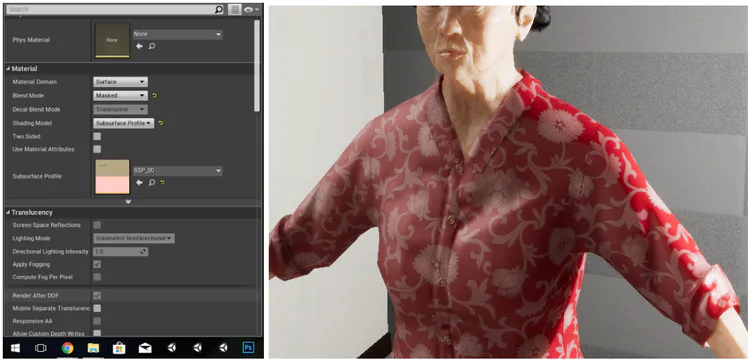
Using Shaders in Unreal
Subsurface scattering is a wonderful shader model available in unreal’s material editor which allows for a translucency effect seen in skin. A Subsurface Scattering profile needs to be generated and configured, after which it can be applied to a material which has been set to use the Subsurface Scattering shading model. The result are almost immediately satisfying in unexpected clarity.
On the other end of the spectrum, something that was a little more elusive was the material setup for transparent and/or refractive objects that also reflected light.
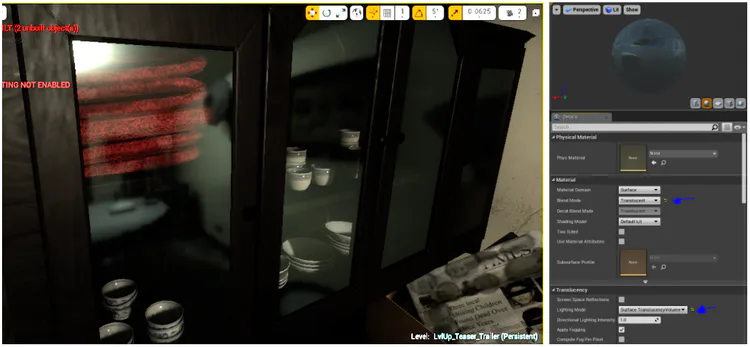
The process to enable this is in the material settings; after setting the object’s blend mode to translucent, the lighting mode (under the translucency panel found further down) needs to be changed from “volumetric directional” to “surface translucency volume”. Beyond that, it’s a question of adjusting the roughness and opacity to find a sensible mix for the type of glass you want.
Read more… http://cellarvaultgames.com/dev-blog-4-visual-implementations/
Spline Meshes.
Parameterized materials
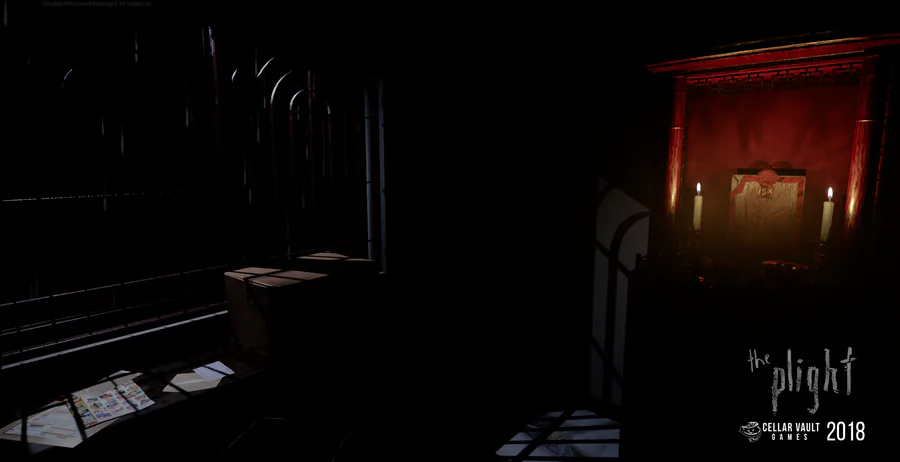
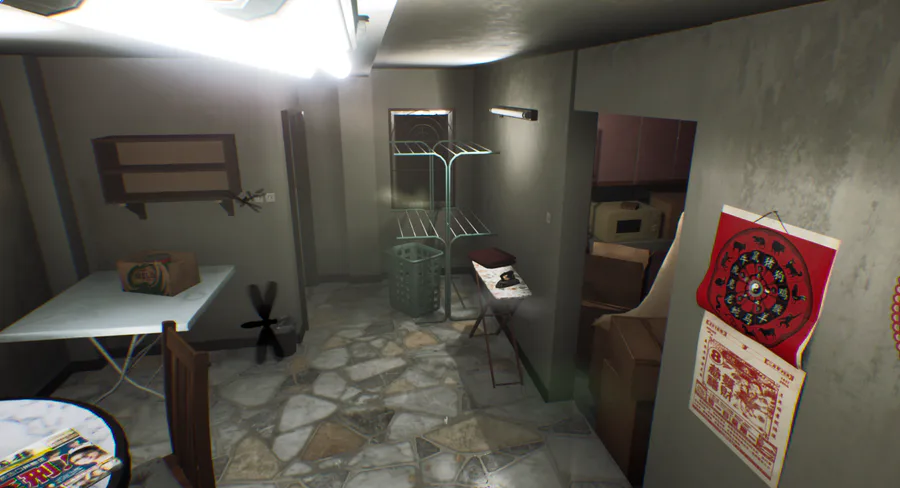

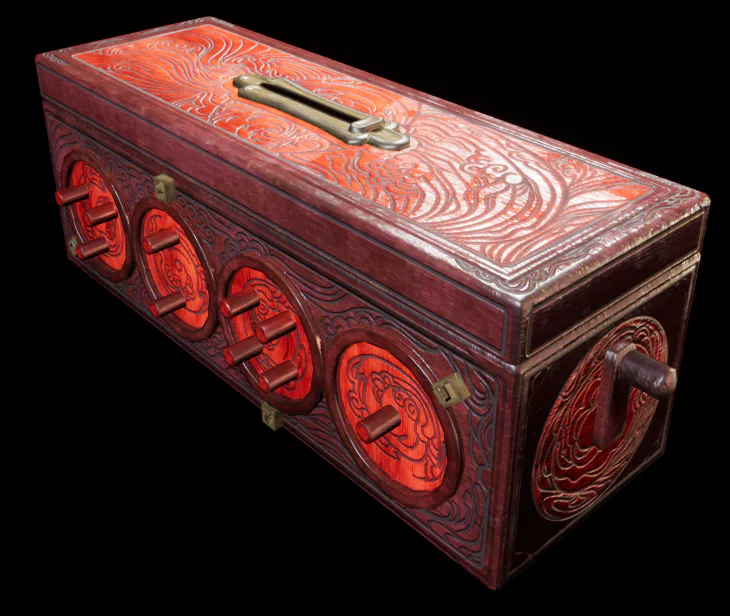


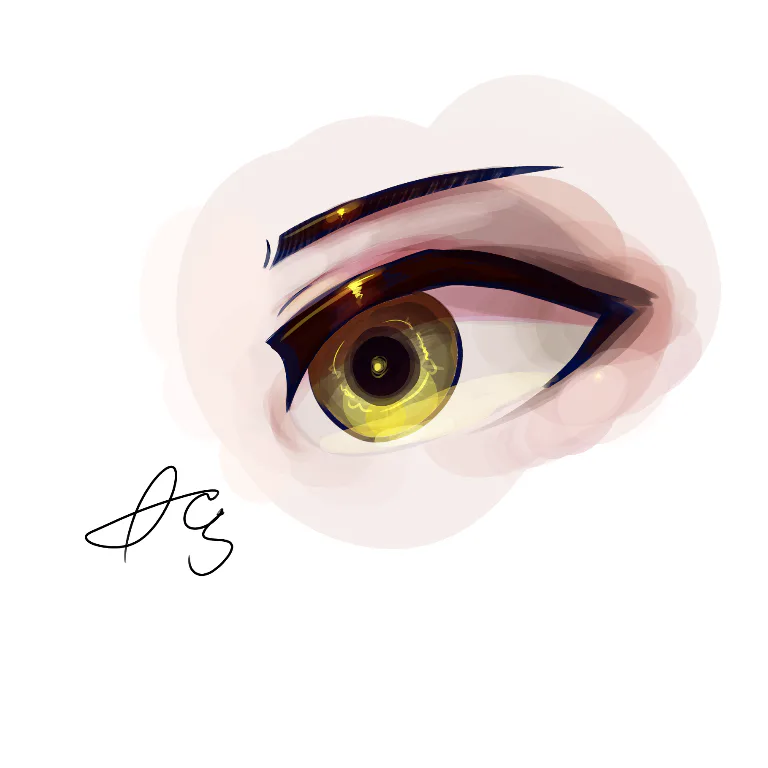

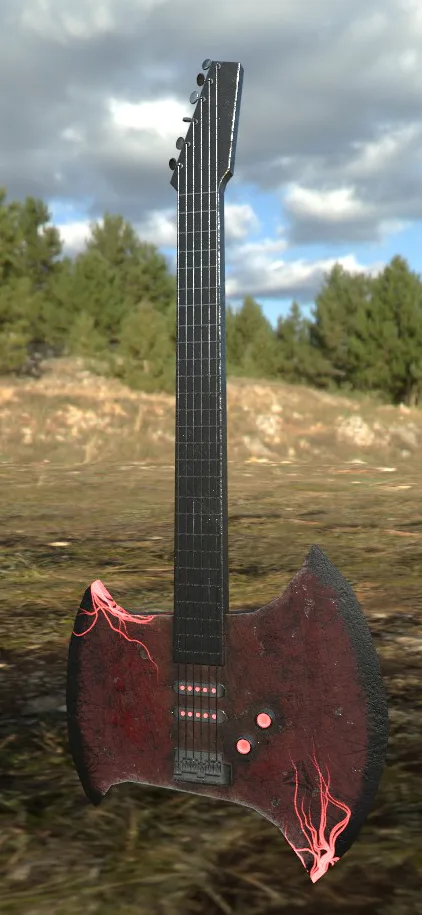
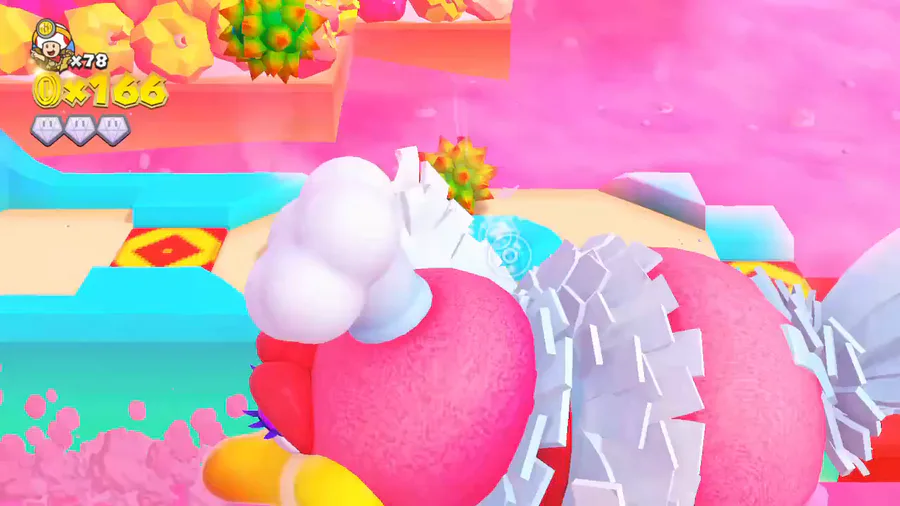
0 comments